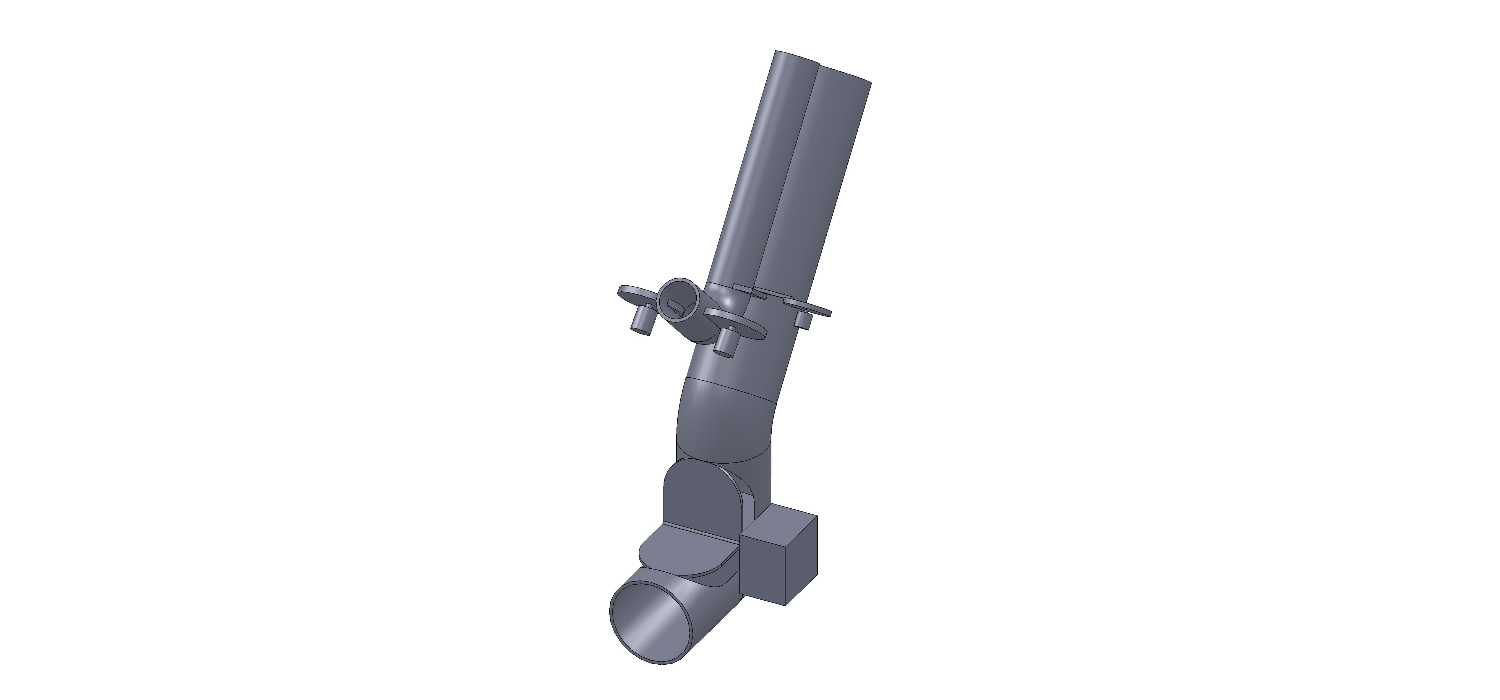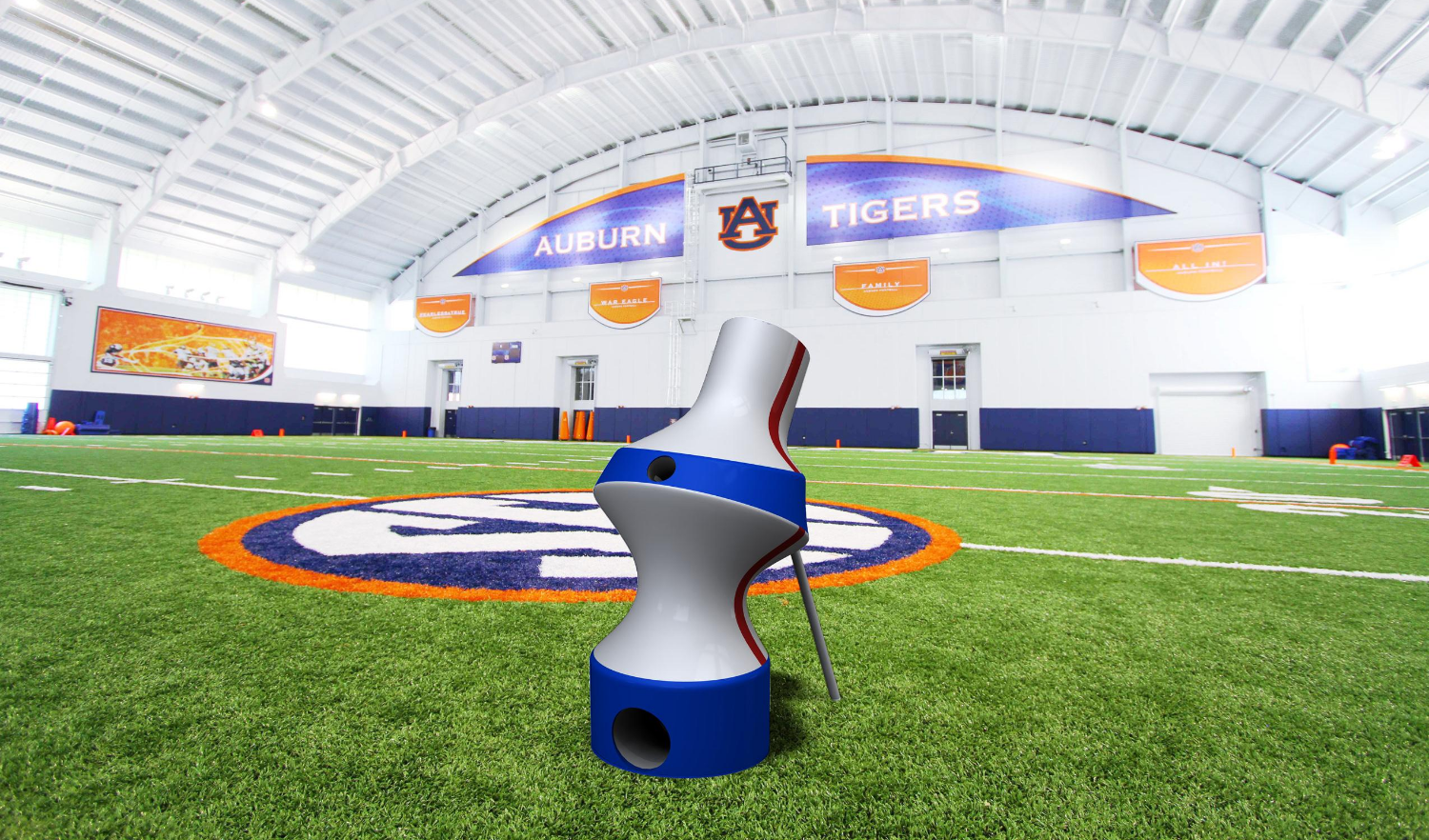Ball Launcher
While working at the Rehabilitation Centre at the Ottawa Hospital, I was asked to develop a program for patients experiencing complex pain. These patients have experienced a traumatic event that has caused their brain to remap improperly, causing pain when the movement planning areas of the brain are used. By tapping into parts of the brain where instinctive movements are stored, patients can avoid these pain symptoms.
The goal of the ball launcher, and its application is to force instinctive kicking and catching motions, circumventing the parts of the brain that are causing pain, and allowing patients to rewire their brain to a healthy configuration.
This ball launcher design was performed within the context of this virtual reality application, as a personal design excercise.

The above are concepts for the function of the launch mechanism for the kicking (soccer) ball. The ball needed to be fast enough to trigger an instinctual motion, yet not so fast as to trigger fear. Because of this, I decided to place the launcher close to the patient, and have the ball launch at a slow speed. This speed had to be able to be controlled precisely to accomodate different patients and patient progression.

The above are concepts for the function of the launch mechanism for the catching ball (baseball). These needed to launch slightly faster than for the kicking mechanism to acheive flight, however still much slower than existing pitching machines.

This is the Solidworks model of the final mechanism. The pitching mechanism is similar to that used in traditional pitching machines, the DC motors can be accurately controlled using an optical shaft encoder feedback system. A servo motor with a crank mechanism controls the release of the balls. The paddle mechanism used for the kicking ball is driven by a stepper motor, allowing for precise control over both the speed and position of the paddles.

Due to the launching nature of the machine, some natural forms that emerge can have a strong resemblance to a cannon or a gun. However, many complex pain patients have military or refugee backgrounds, increasing the prevalence of Post Traumatic Stress Disorder. Even in civilian populations, threatening or aggressive forms must be avoided to help reduce fear of the activity. These form concepts strove to convey safety while feeling fun and ergonomic.

To avoid the hospital aesthetic and promote a fun, sporty and comfortable feel, I decided to combine the soft form with bold primary colours.

Final launcher design.

Launcher in use in the virtual reality environment.
Testing the application.
